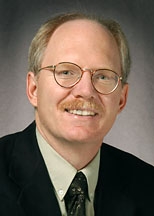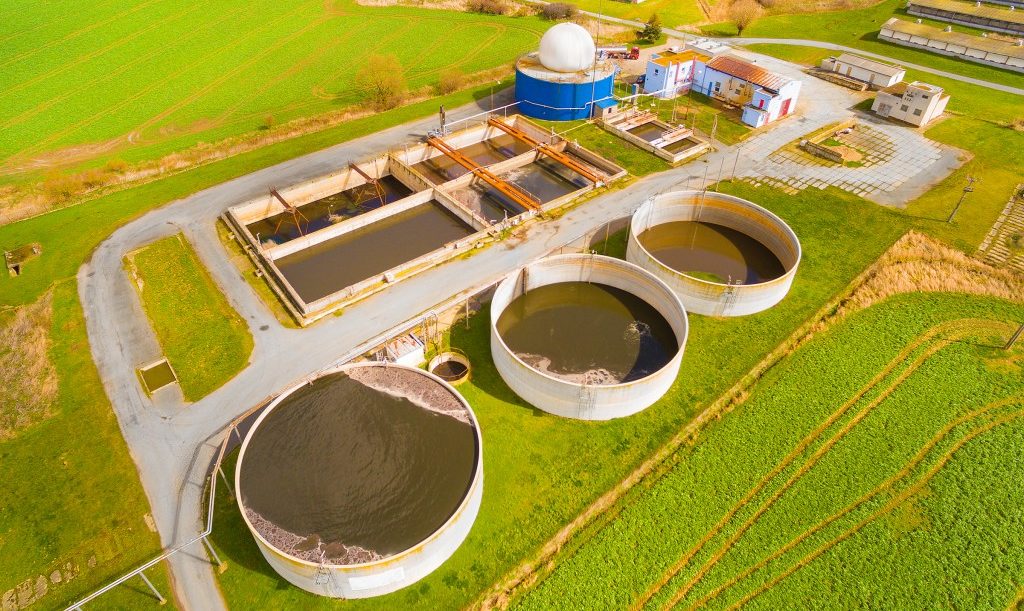The primary goal of wastewater treatment is to remove organic material and nutrients that can hurt lakes and rivers and be detrimental to human health. No question, that’s a critical job. But more and more municipalities across Ontario are adding a second objective: extracting value from wastewater. And there’s plenty of value to squeeze out.
Anaerobically digesting sludge produces biogas, which can be captured and used to provide heat, fuel vehicles, create electricity or feed into the natural gas distribution network. With the right technology in place, wastewater treatment plants can even handle food waste, diverting organic material from landfill and boosting biogas production.
Ontario has the academic and industry expertise to make it possible. Just look at Stratford. In a project initially facilitated by the Southern Ontario Water Consortium (SOWC), the City partnered with Ontario Clean Water Agency and SUEZ Water — a water technology leader — to pilot a net-zero-energy wastewater system that transforms sewage and food waste into clean, renewable natural gas.
But to drive broader adoption of these technologies, a few knowledge gaps have to be addressed. That’s why SOWC provided support to University of Waterloo engineering professors Wayne Parker and Chao Jin to produce a series of three reports.

Wayne Parker, Dept. of Civil Engineering, Faculty of Engineering, University of Waterloo.
Portrait by Chris Hughes
Identifying needs and opportunities
The first report looked at how much sludge is produced in Ontario, how it’s currently dealt with and what new technologies could benefit wastewater treatment plants across the province. Needs Assessment for Sludge Processing Technologies in Ontario, released in September 2017, helps Ontario’s water technology sector identify opportunities.
For example, a big concern for many municipalities is reducing the volume of biosolids they produce, thus reducing the costs of transporting or disposing of it. Parker and Jin noted that enhanced dewatering technology would benefit these plants.
They also saw big opportunities to incorporate or improve anaerobic digestion, allowing plants to generate methane gas that can be used to shrink their energy footprint.
“To be competitive on the global market, it’s important that the sector keep advancing in terms of innovation and technology development,” Parker explains. “This study was really to help inform that conversation.”
Opening the doors to food waste
In their second report, Evaluating the Capacity of Ontario Municipal Sludge Digesters to Process Off-site Organics, Parker and Jin narrowed their focus, looking at the potential for wastewater plants to process a different kind of organic waste.
In many parts of the province, food waste is currently landfilled, taking up valuable space and producing greenhouse gas emissions. According to the Ontario government, the province generated 3.7 million tonnes of food and organic waste in 2015. More than 60 per cent ended up in landfill. That’s an issue because Ontario is running short on landfill space.
Based on government projections, municipalities will need to create or expand 16 sites by 2050 to handle all of Ontario’s waste — an expensive and contentious undertaking. Sending food waste to local treatment plants for anaerobic co-digestion alongside sewage sludge offers an appealing alternative.
“It could help with the plants becoming energy neutral or perhaps energy positive,” says Parker. By generating biogas on a bigger scale, plants can achieve faster payback on the infrastructure investments required to capture the gas and put it to good use.
He and Jin found that most wastewater treatment plants don’t currently have much excess capacity. However, optimizing the current digesters or upgrading them by incorporating innovative technologies such as enzymatic or thermal hydrolysis would increase their throughput. With those changes, the province’s plants could accept significant volumes of food waste without expanding their footprint.
Tackling the plastics question
Most recently, Parker has been investigating a potential concern with co-digestion: plastic contamination. If plastic bags, stickers, hairnets and other items turn up in organic waste, it limits the possibility of applying the resulting biosolids to farmland.
Unfortunately, there’s no simple way to measure plastics in the incoming wastes. You can’t screen it with magnets, for example, like you would for metal contaminants. Instead, it’s a painstaking manual process — “basically having somebody pick through samples with a pair of tweezers,” according to Parker.
The latest SOWC report looks at better options: spectral imaging technologies currently being used by some companies within the food sector that could be adapted to wastewater plants.
Paving the way to zero-energy wastewater treatment
For decades, we’ve viewed wastewater as a problem. Reimagining it as a resource won’t happen overnight. “It’s a different mindset,” says Parker. “It’s a significant change in the way that we implement things.”
But there are compelling reasons to make that change. Landfill space is becoming scarcer. Urban sprawl is eating up agricultural land, limiting options for biosolids disposal. Municipalities are looking for ways to reduce greenhouse gas emissions. And, of course, the potential to generate revenue is a big lure.
Today, water tech companies, municipalities and provincial decision makers are all talking about zero-energy wastewater treatment — and Parker and Jin’s research is informing the conversation.


